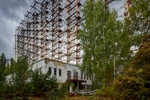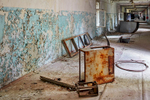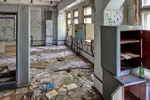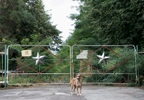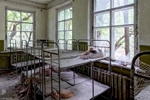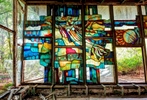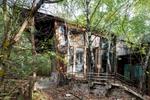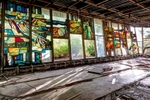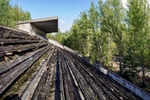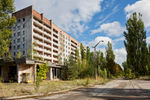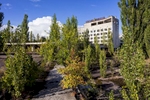Personal Projects: Chernobyl 2016
This was my second visit to the Chernobyl Exclusion zone 5 years after the first and 30 years after the disaster.
New areas had become accessable and some sites I'd visited before were now no-go areas. I was amazed how nature had reclaimed the land in such a short space of time, for example, Pripyat football pitch has become a forest. Its easy to imagine how time can render whole civilizations into archaeology.
There is more information accessed at the bottom of each image.
23 images - you can also use cursor keys for navigation
